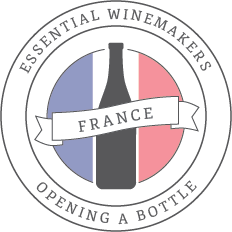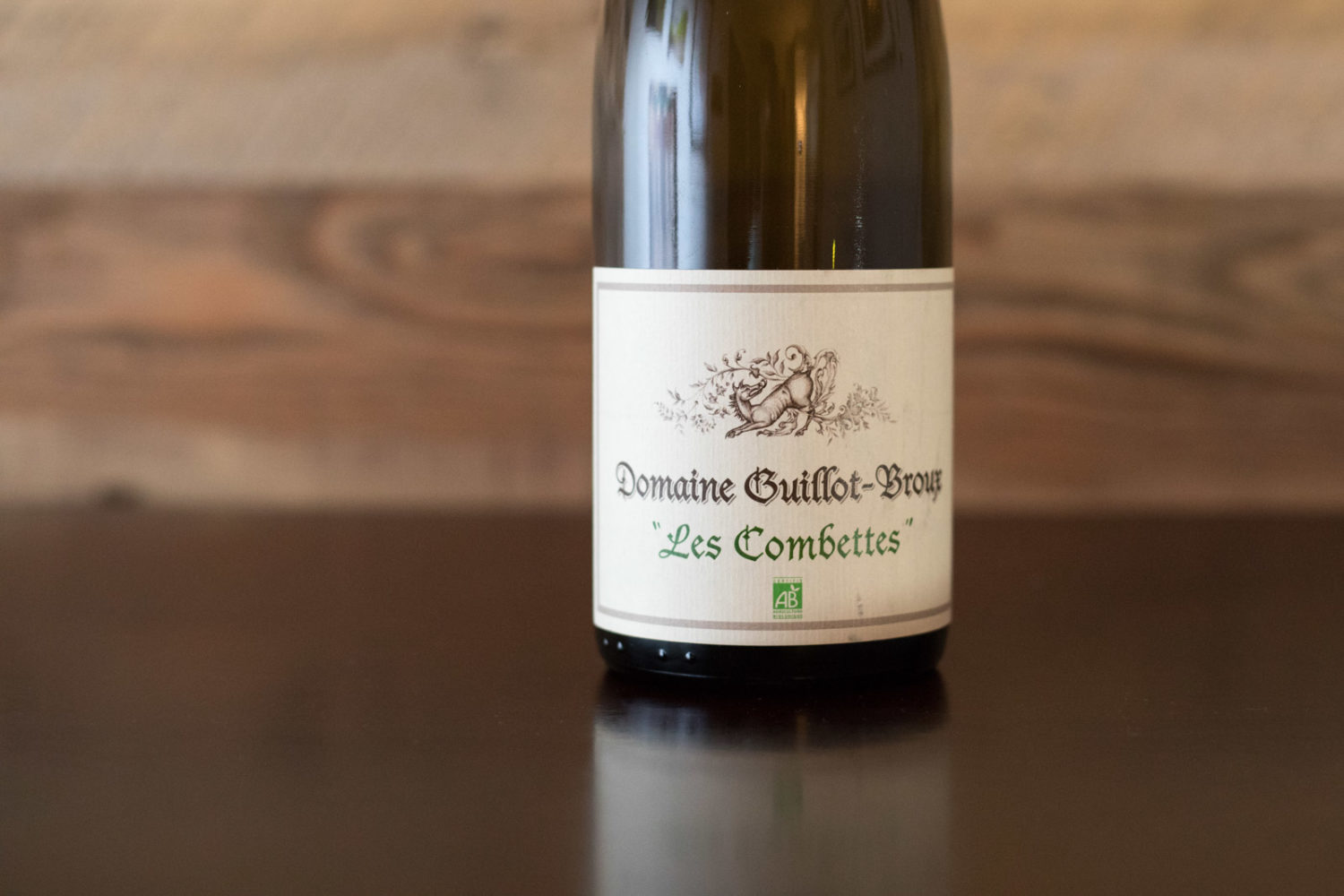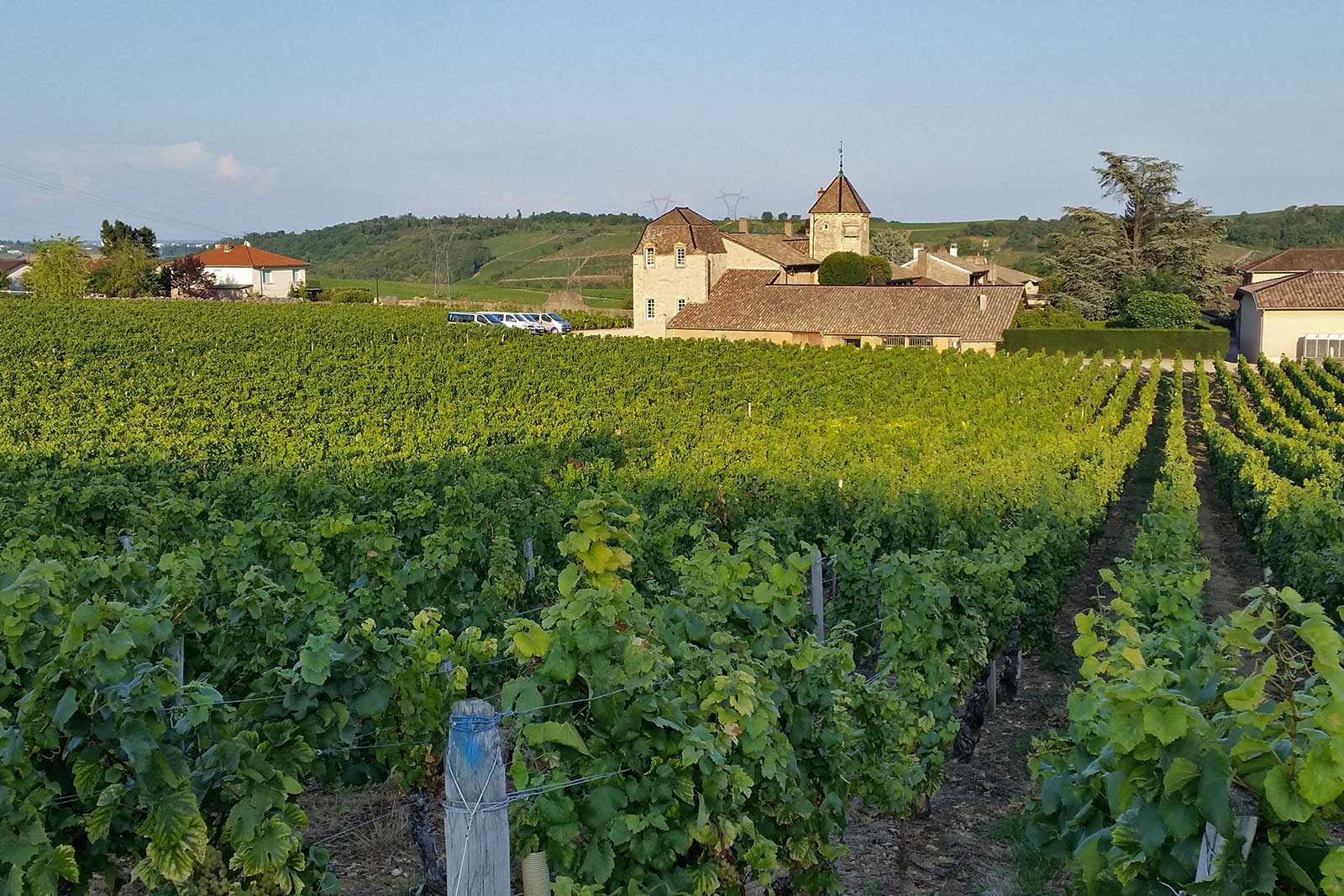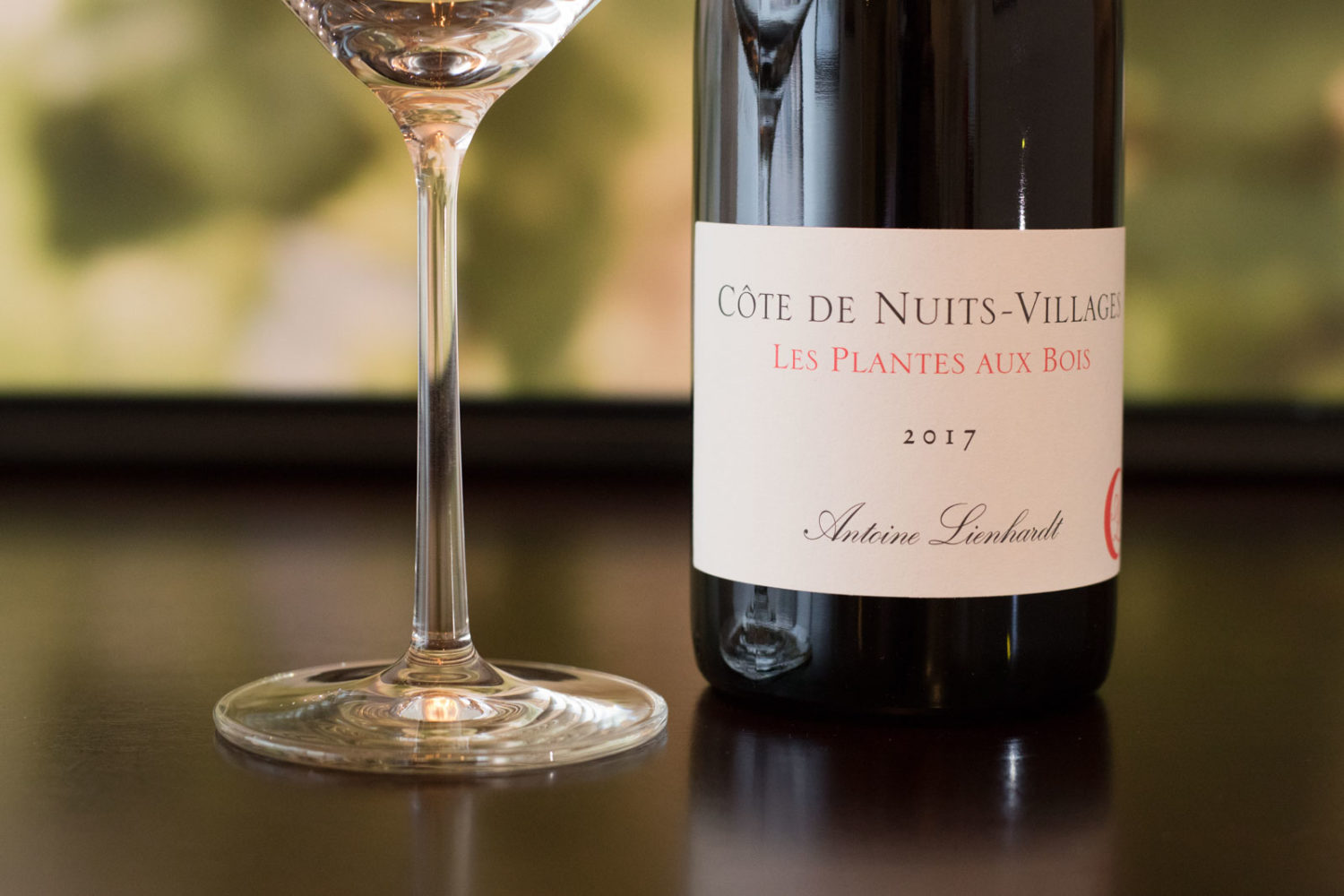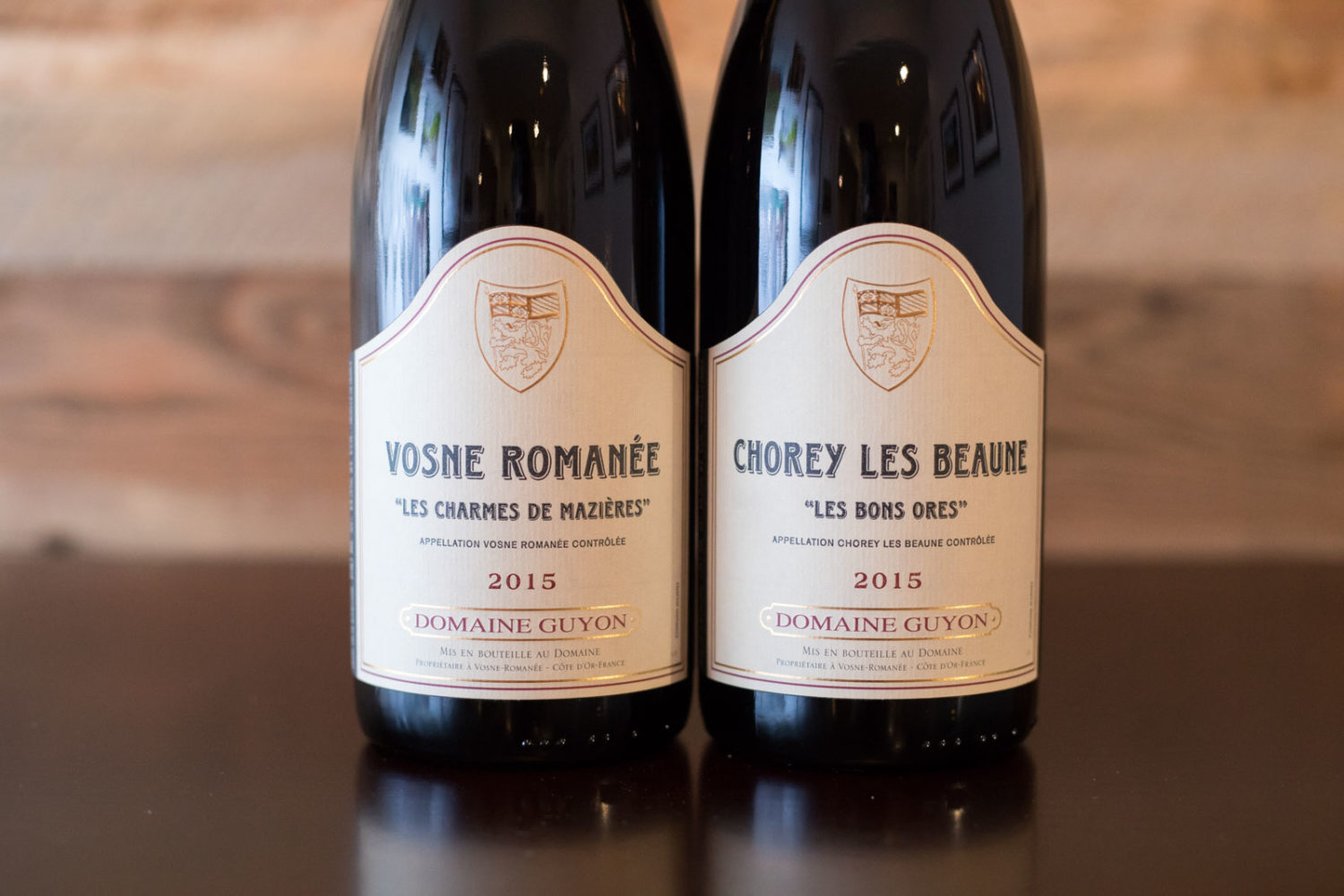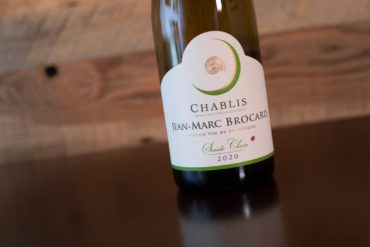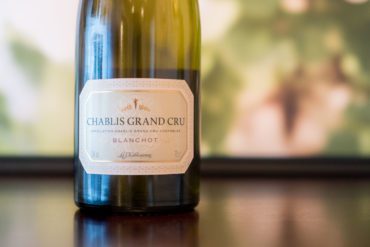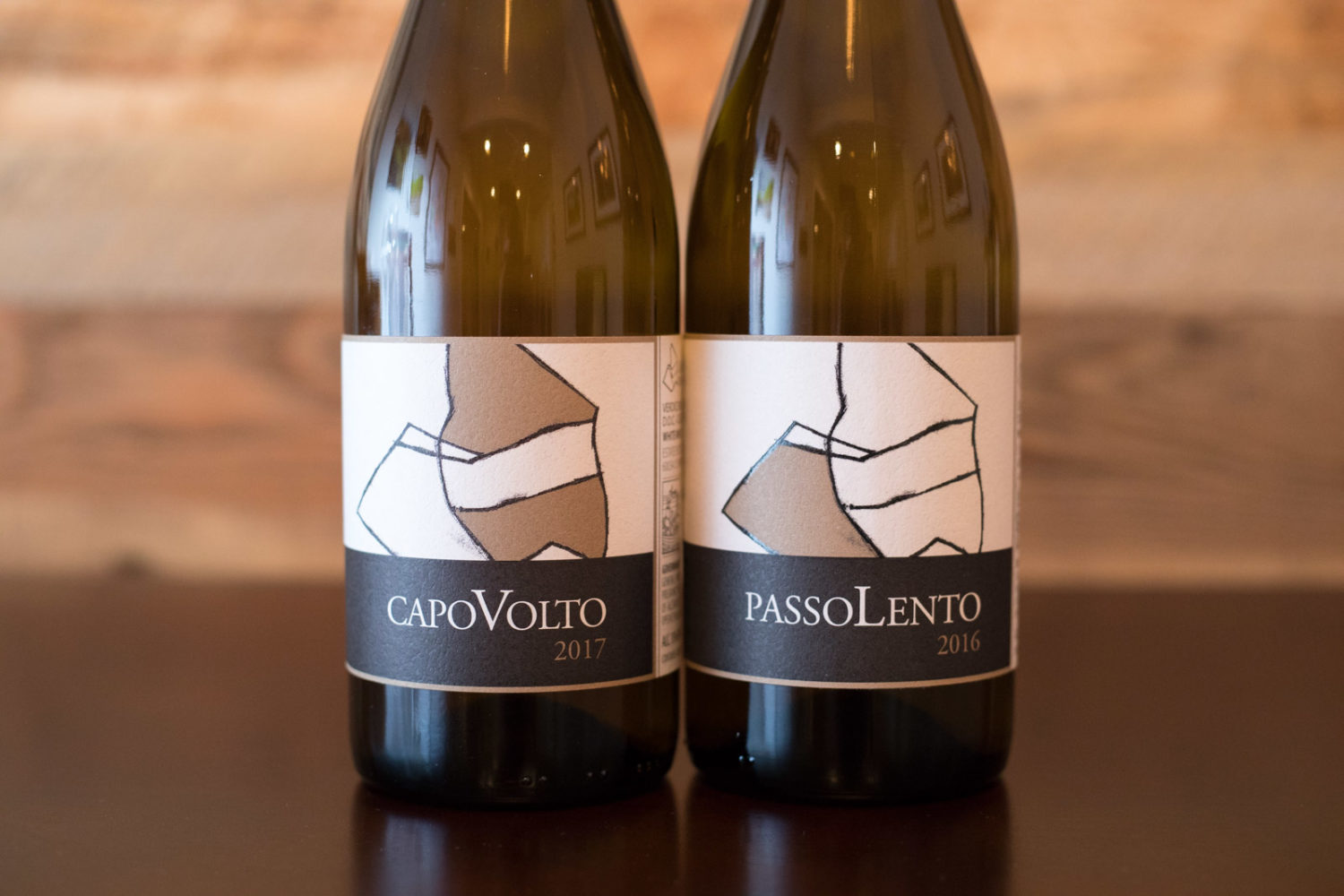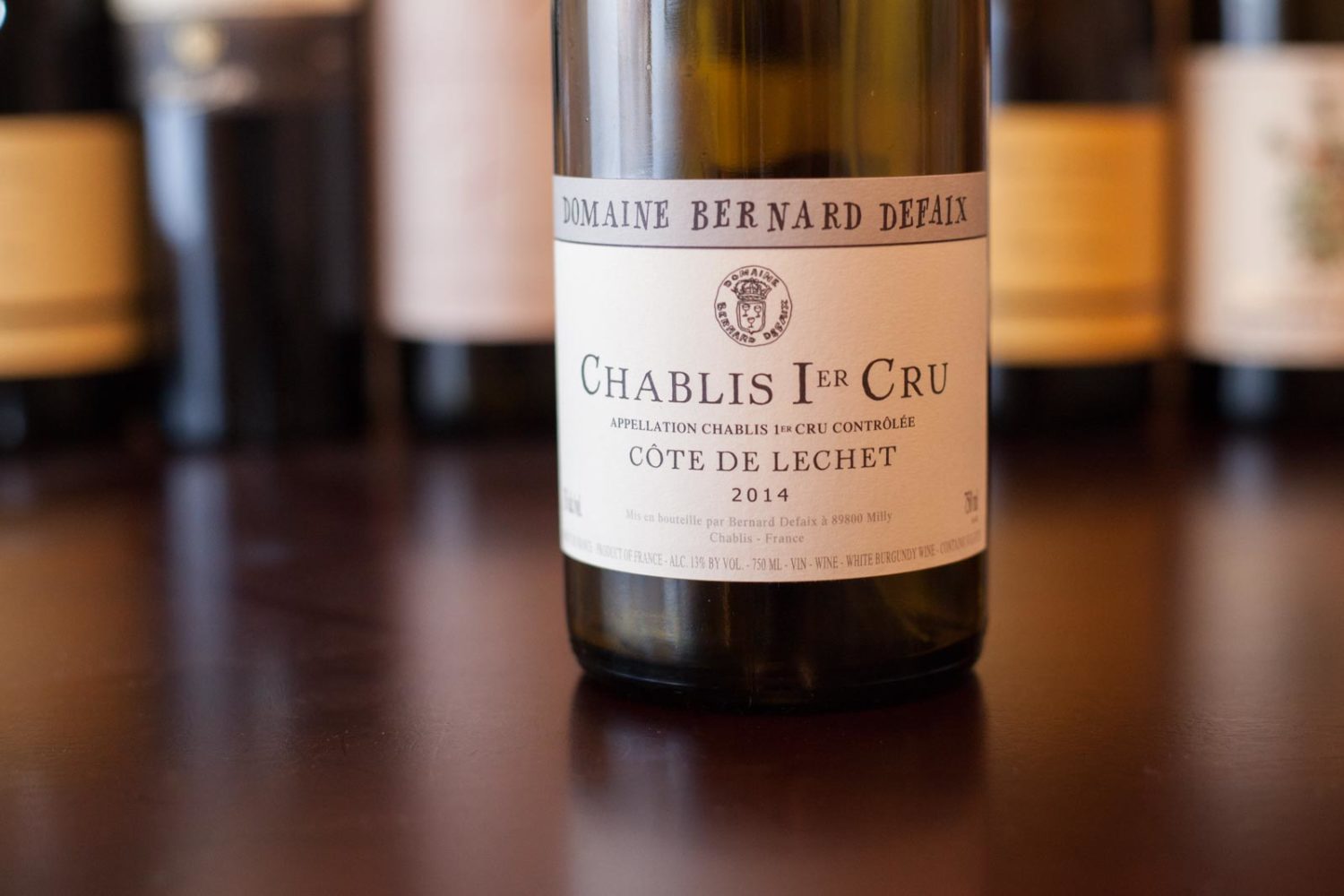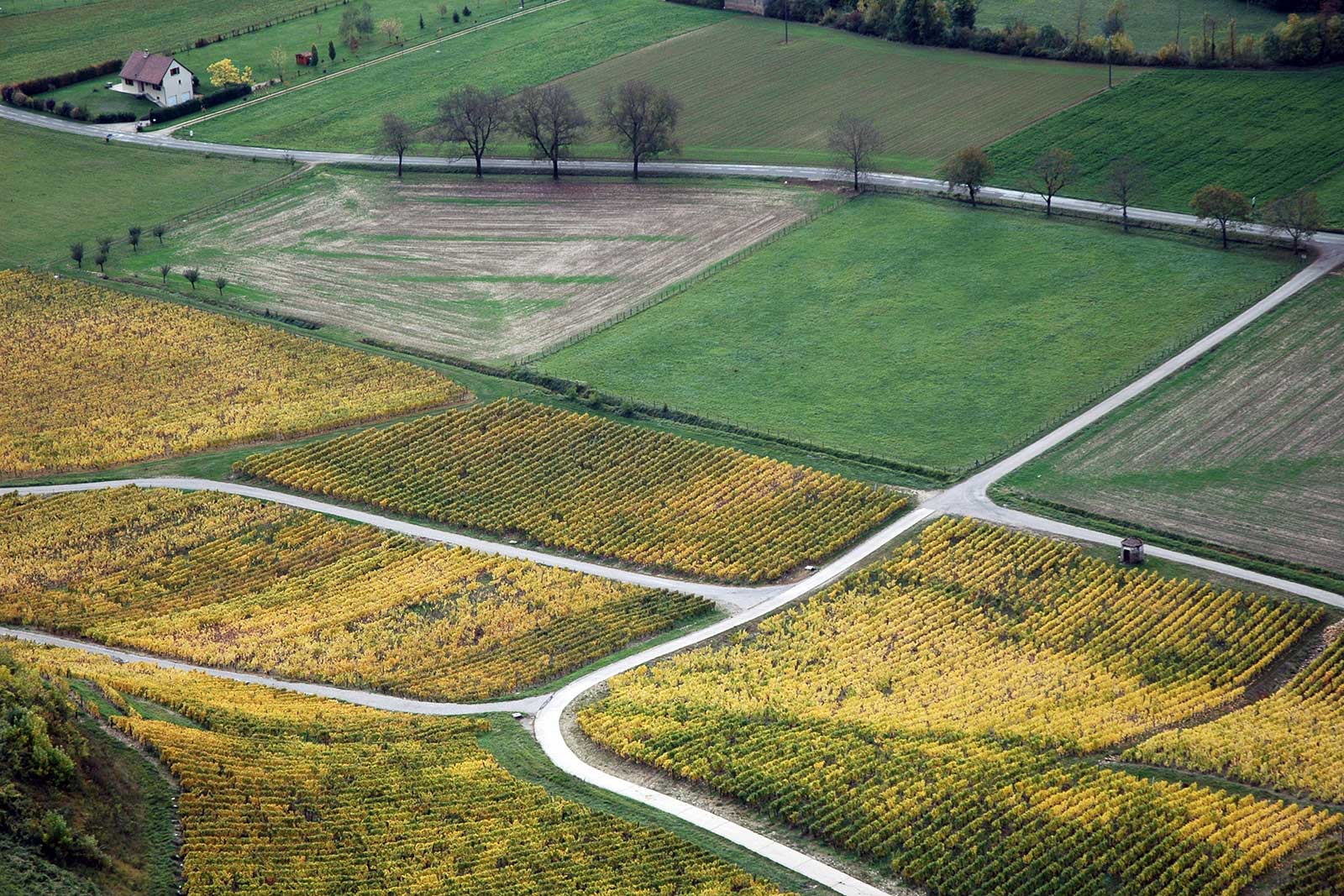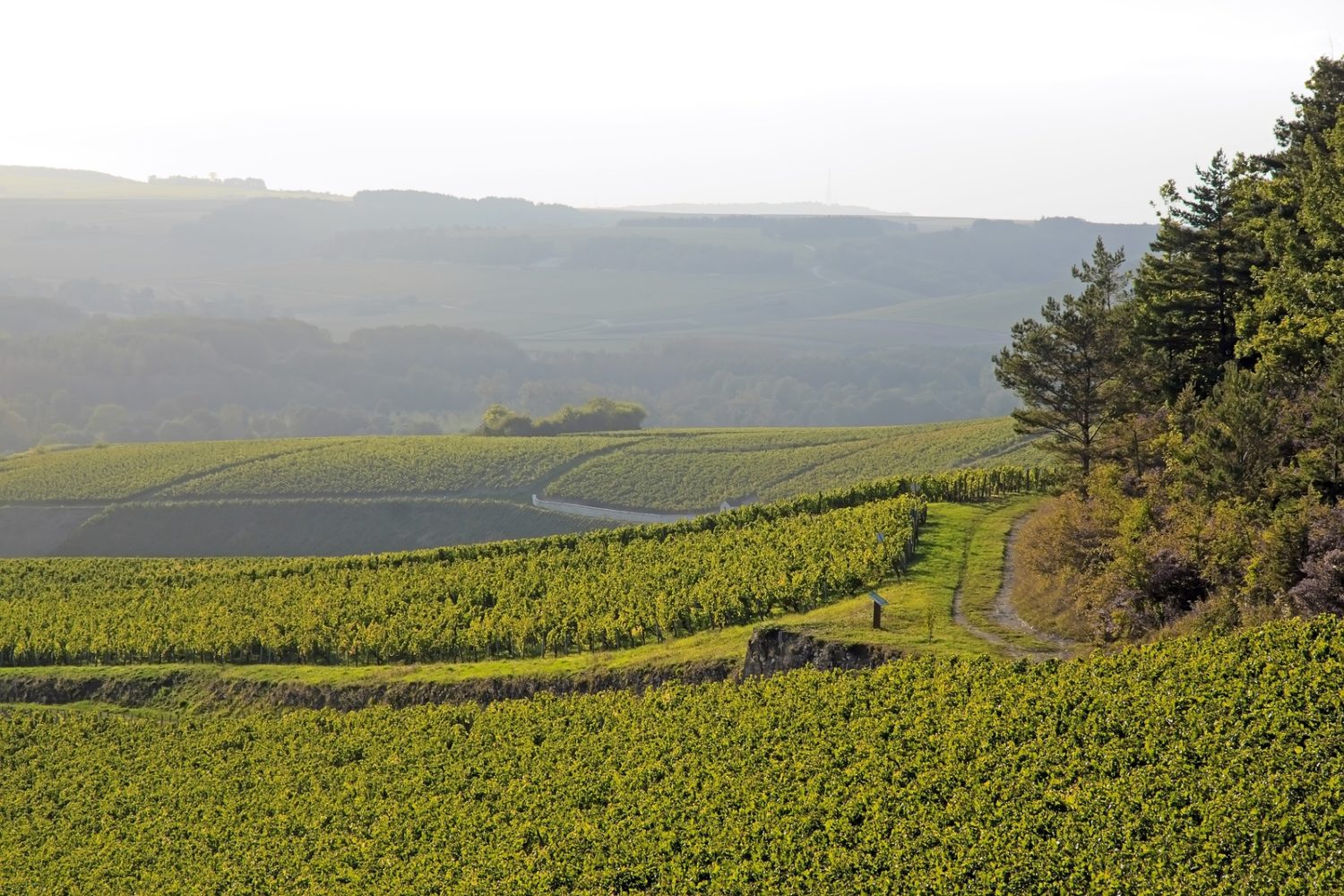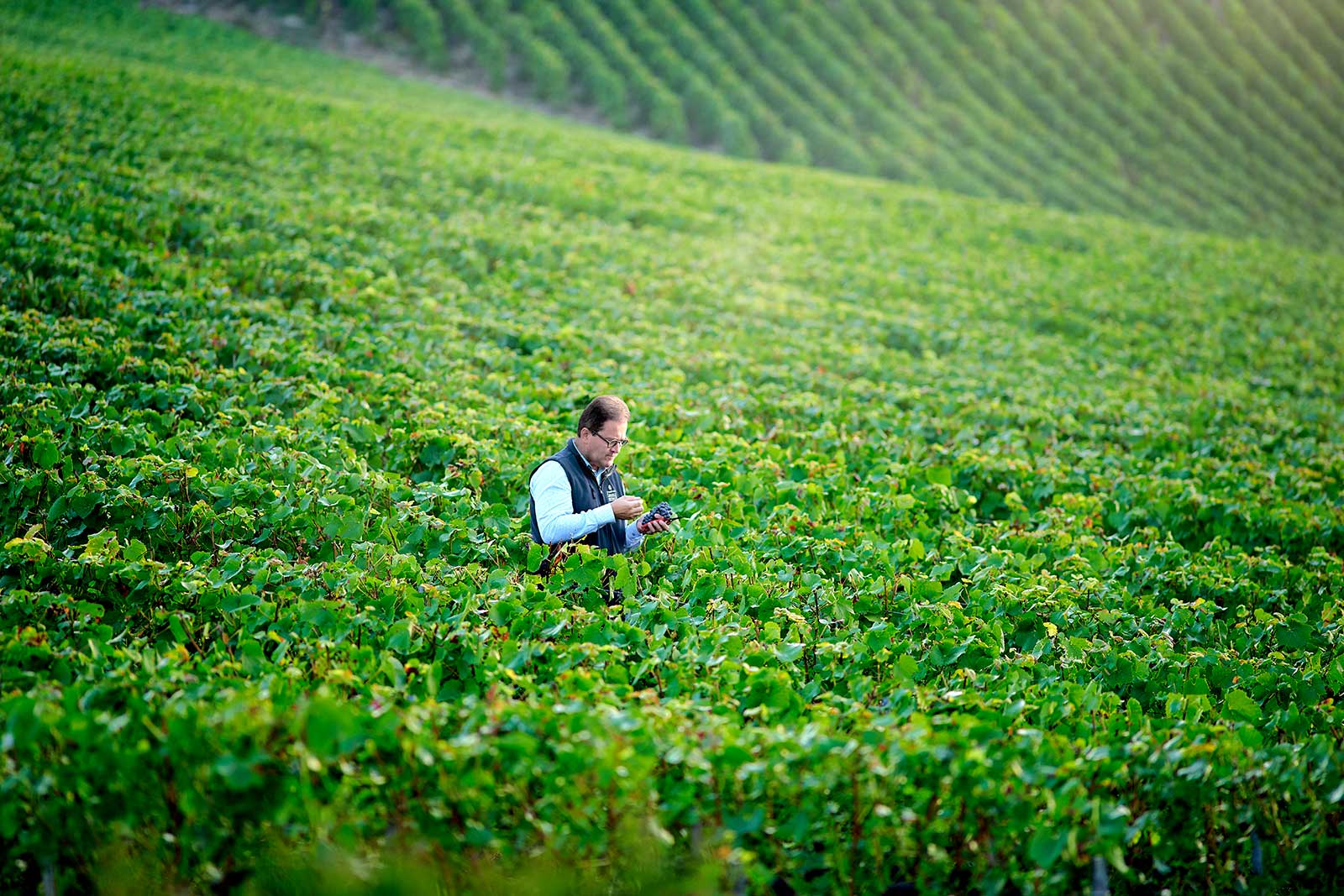Guillot-Broux
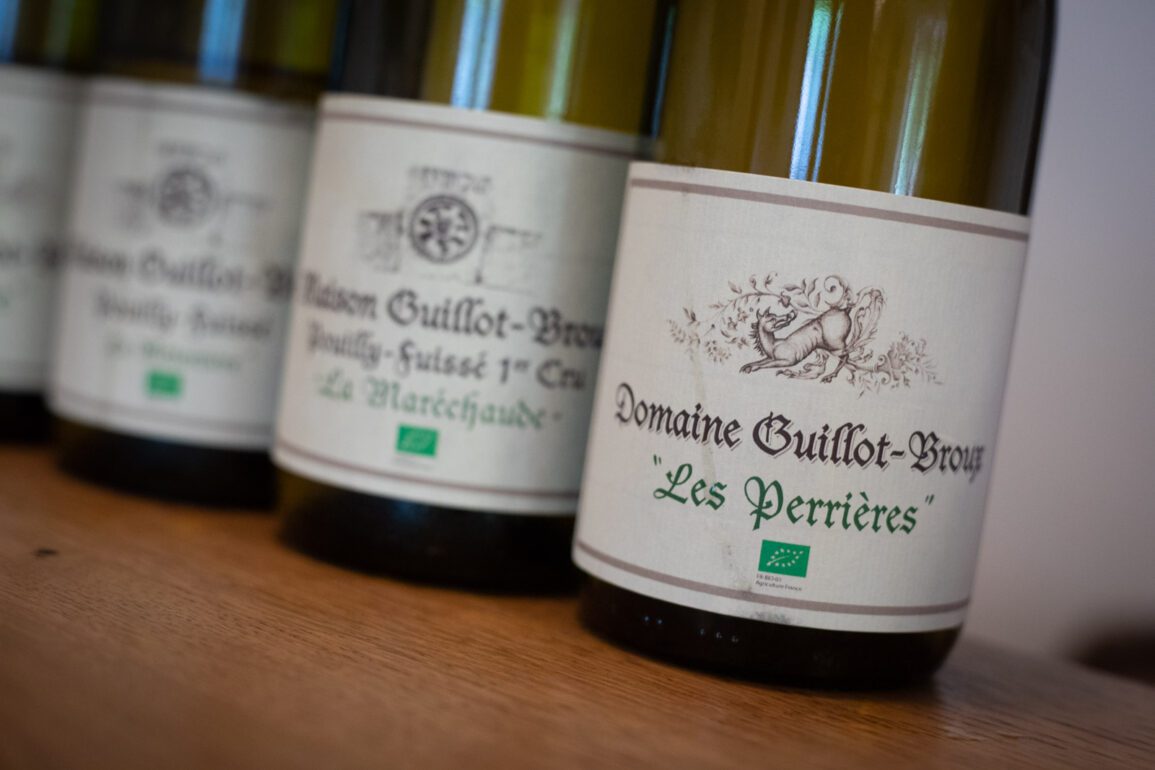
Why Guillot-Broux is Essential
Head south of Beaune and the character of Chardonnay changes drastically the further you go. There is a solar character to these wines, as though they've shed the scarf from their neckline and donned a pair of sunglasses. With more sun comes more alcohol, and achieving balance (rather than ripeness) becomes the hallmark of a great Mâconnais estate. From what I've tasted, the wines of Guillot-Broux are the most consistently balanced and nuanced.
This was one of the first estates in all of Bourgogne to embrace organic viticulture, something their vines have benefitted from since the 1950s. Jean-Gérard Guillot consolidated the operation into a domaine in the 1978 after working in Meursault. He passed down what he learned to his sons: Emmanuel, or "Manu," a trained sommelier who now makes the wine, and Patrice, who manages the vineyards. They've worked to maintain those high standards ever since Jean-Gérard's passing in 2008.
I have long enjoyed the wines from Guillot-Broux. So in the summer of 2023, I was eager to visit Emmanuel "Manu" Guillot as I passed through the Mâconnais. Not only did I fall deeper in love with this family's rendition of Chardonnay, I also received a crash-course in the challenges facing small wineries in Bourgogne.
"We are in a lack of wine," Manu said, as he poured a Chardonnay he made under his négociant label, Maison Guillot-Broux, which was harvested from a friend's vineyard near Narbonne in the South of France. "The domaine has suffered a lot in the last five years." A double dose of hail in 2018, frost in 2019, drought in 2020, frost in 2021 and excessive heat in 2022 have all pinched yields to the bare minimum. This wasn't the first winery I would visit in Bourgogne (nor the last) to have scant wines to pour.
While severely reduced in volume from those years, what remains of Guillot-Broux's Mâconnais wines is so enchanting, I must urge you to seek them out. The entry-level wines have a quenching easiness to them, while the single-parcel wines tend to have a filigreed complexity that speaks to their origins. Throughout, they want to be at the table, supporting this bite of aged cheese, or that spoonful of gazpacho. These are conversational wines that have interesting tales to tell throughout the bottle. They're never distant, never challenging, and certainly never dull. "Life of the dinner party" might be a more apt descriptor. And when you consider the level of quality and complexity — and that none of these wines are overtly expensive — they're among the best-kept secrets for white Burgundy.
Cruzille, Bourgogne
Grapes: Chardonnay, Pinot Noir
Appellations/Cru: Mâcon-Village AOC, Pouilly-Fuissé AOC
American Importer: Savio Soares Selections (east), Old World Wine Co. (west)
Originally listed: October 2020, Renewed July 2023
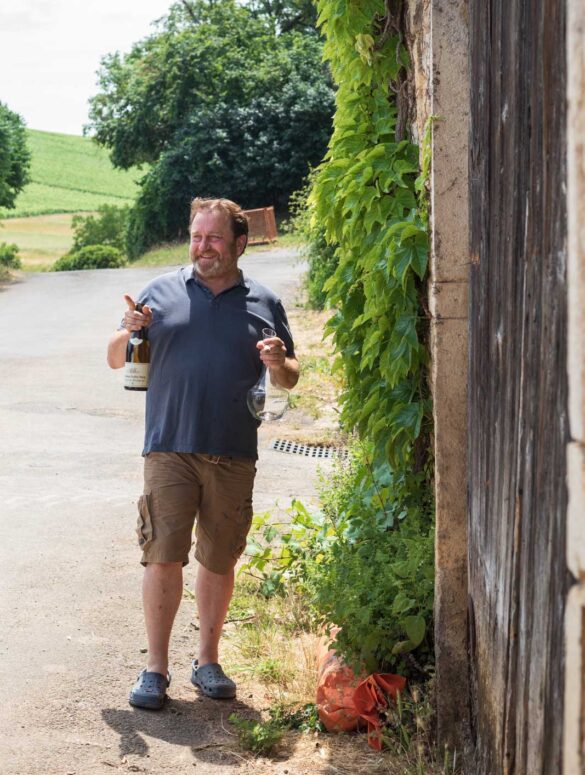 Winemaker Manu Guillot outside his home in Cruzilles, Mâcon, Bourgogne. ©Kevin Day/Opening a Bottle
Winemaker Manu Guillot outside his home in Cruzilles, Mâcon, Bourgogne. ©Kevin Day/Opening a Bottle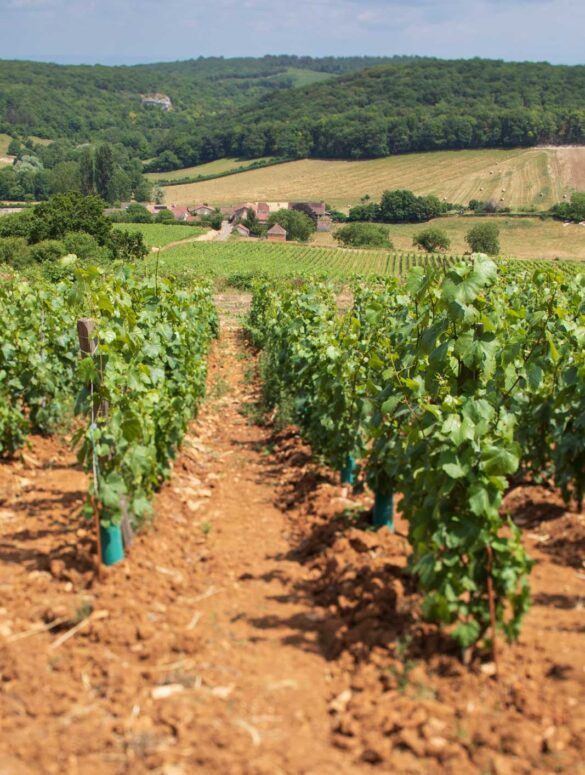 Domaine Guillot-Broux's Clos de la Mollepellier vineyard in Cruzille in the northern Mâconnais. ©Kevin Day/Opening a Bottle
Domaine Guillot-Broux's Clos de la Mollepellier vineyard in Cruzille in the northern Mâconnais. ©Kevin Day/Opening a BottleWines to Seek Out
There are essentially two wineries here that I am lumping under the common family name Guillot-Broux: Domaine Guillot-Broux, which produces acutely focused Chardonnay, Pinot Noir and Gamay wines from a variety of plots around the Mâconnais; and the négociant house, Maison Guillot-Broux, which produces regional wines with the same amount of care. The same family runs both and they share a similar brand on the label.
As mentioned earlier, Guillot-Broux is now bottling some wines from the South of France, a decision to ride out difficult vintages from a financial standpoint. These wines — made in consultation with the owner of Chartreuse de Mougères, Nicolas de Saint-Exupéry — are interesting and surprisingly fresh given the sunnier, hotter climate and what that tends to do to Chardonnay and Pinot Noir, but they're too nascent to fold into this write-up. Seek out the Guillot-Broux wines from Bourgogne, Mâcon, Mâcon-Village, Mâcon-Cruzille or Pouilly-Fuissé. There will be future vintages that dodge the climatic chaos.
Domaine Guillot-Broux "En Serre" Mâcon-Chardonnay
What's the big difference between Chardonnay from the Côte de Beaune and one from the Mâconnais? The fruit tends to be weightier and more extravagant, which "En Serre" demonstrates beautifully because of how its hedonistic, tropical fruit tones are balanced by a focused acidity and saline finish. This is a great budget wine for a variety of occasions.
Domain Guillot-Broux “Les Perrières” Macon-Cruzille
This is Guillot-Broux's flagship wine, so it was especially painful for the Guillot brothers to watch 50% of the vineyard's crop decimated by frost in 2021. Radiant, lean, elegant and supple, this wine is consistently generous and forthcoming — the kind of wine you want to taste slowly over a night just to see what else it has to say.
Maison Guillot-Broux "La Métertière" Pouilly-Fuissé
Along with their expansion into Southern France, the Guillot brothers have embraced the flexibility of their négociant business to purchase fruit from a handful of prime plots within Pouilly-Fuissé (although one wine I tasted at the domaine, the 2021 "La Marechaude" Premier Cru, likely won't be made by them again. Which is a shame: it was dazzling).
"La Métertière" comes from between the two rock formations that surround the village of Vergisson. It is a high-altitude plot, which seems to balance the inherent richness of Chardonnay coming from Pouilly-Fuissé. Vivid, juicy, fresh and vastly floral, I loved how expressive and mouth-watering this wine was. A faint trace of white tea and honey around the edges had me feeling a bit nostalgic.
Domaine Guillot-Broux “Clos de la Mollepellier” Macon-Cruzille
Guillot-Broux's "newest" vineyard acquisition has been a labor of love. Rented from neighbors but unused for 10 years, Jean-Gérard finally bought the weed-ridden, phylloxera-destroyed plot in 1992 for the equivalent of 800 Euros. Yet the resources and time to realize its potential were never there. Shortly after he passed away in 2008, his sons began to clear and replant the Clos de la Mollepellier, which was once owned by the Abbey of Cluny. It's stone walls, proximity to the forest, and iron-rich clay-limestone soils give the vineyard a unique identity which I felt while walking the site with Manu.
In the glass, it is Guillot-Broux's most towering and epic wine. The chamomile-like aromas, countered by flowers and saline and all the fruity hallmarks of Chardonnay, make for a powerful first impression. But like all of the estate's wines, it stops short of being overbearing, lending a nice accessibility to its rich complexity.

